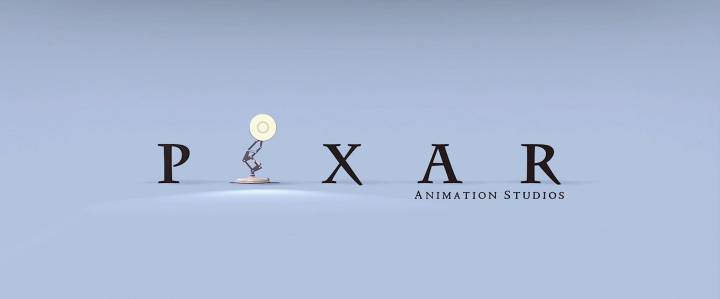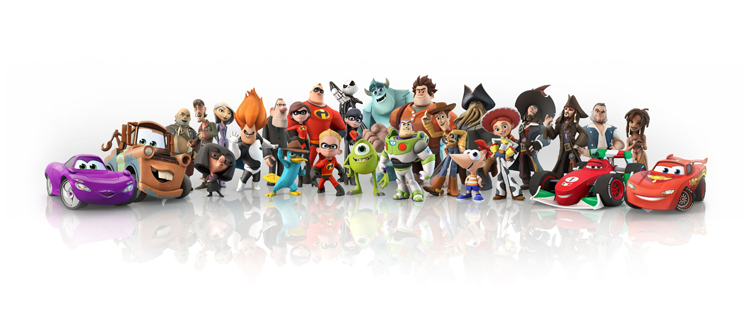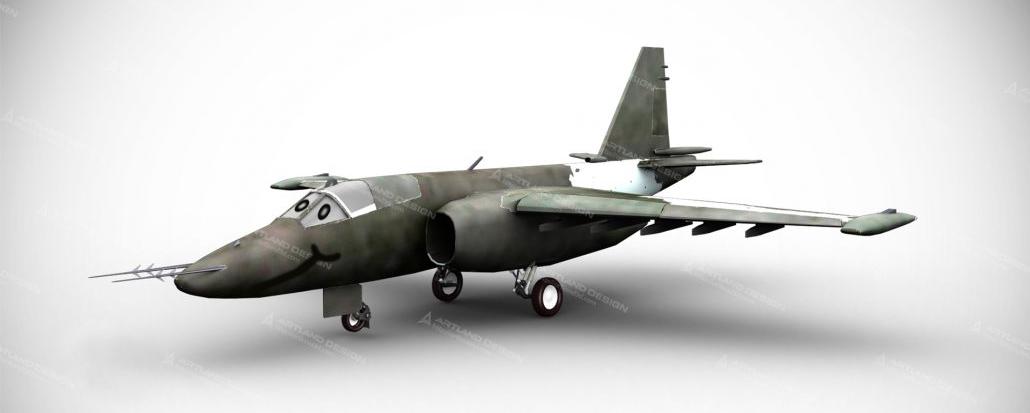3D Animation Character Design
Character design is a vital component of 3D animation company’s work. A character is what drives the story and breathes life into the movies. Character development of the film begins in the early stages of production.
3D animation character designers work with the director while the script is still being written to bring the heroes of the future movie to life. Like the concept and script of the film, the 3D animation character design also goes through many changes.
Connecting the audience with the characters is the main task when developing characters. Filling characters with human traits with emphasis on their “humanity” is vital to creating this connection.
In 3D animation character design, the 3D artist needs to know what to exaggerate and what to understate, what to add, to give depth, and what to do to develop personality.
Think about the meaning of the word ‘character’.
One must breathe life into these things, make them attractive, and give them magic that will allow people to imagine how they could act when they meet in real life.
3D Animation Character Designin Pixar
Pixar artists use traditional media to draw the original designs of their characters. An artist, as a rule, makes hundreds, and sometimes thousands, of sketches before finding a good design for his character.The main character goes through a much longer development process.

Often, many artists and a director work on the appearance of the main character in order to better convey the personality of the character.
The character design development process begins with the character designer, who received the script pages from the director. These pages describe the character of the hero.
Sometimes an artist must make more than a hundred drawings in order to find an image that matches the character of the hero. The selection will take place between the drawings chosen by the director as the most successful and corresponding to his vision of the character.
Then the designer, based on the selected drawings, is again taken for the development of the hero. This process is repeated until they end up with the perfect character.
At Pixar, 3D animation character design begins with pencil sketches. Sometimes artists have a clear idea of the character, and sometimes only a vague idea of his personality.
Character designers make thousands of sketches with pencils and markers to refine the appearance of each character. The Pixar team must decide how cartoony, symbolic, or realistic they want each character to look.Sometimes, quick sketches help reveal the character better.
Quick sketches, it’s like a road map, one can return to them again and again.
Even if you might not have noticed, each character has a theme when it appears on the screen. Pixar professionals want the viewer to read each character instantly.
After the artists have drawn and developed the appearance of each character, the animators must bring them to life on the screen, endowing them with personality and movement. The animation is full of details inspired by human life.
Each movement of the animated character is performed accurately, beautifully and in detail. Animators carefully process their creations to make sure they are accurate to the smallest detail; showing why Pixar characters are so unforgettable and believable.
Tips for successful 3D animation character design
When a 3D artist from ArtLandstudio designs a character, there are a number of areas that he explores to ensure successful design. Here he shares his knowledge with you.
Research and Evaluation
It may be helpful to try to figure out why some characters and their characteristics work and some do not. Explore other characters and think about what makes them successful and what you like about them.

Who is it for?
Think about your audience. Characters aimed at young children, for example, are usually built around basic shapes and vibrant colors.
Visual impact
Whether you create a monkey, a robot or a monster, you can guarantee that there are one hundred other similar creatures. Your character should be strong and interesting in a visual sense to attract people’s attention.
Exaggerated features
Exaggerating the defining features of your character will help him to stand out better. Exaggeration of features will also help viewers identify the key qualities of the character.
Color
Colors can help tell the character’s personality. As a rule, dark colors such as black, purple, and gray depict villains with unfriendly intentions. Light colors such as white, blue, pink, and yellow express innocence, goodness, and purity.
Personality transfer
An interesting look alone does not necessarily make your character good. His personality is important. Personality of character can be shown through animation, where we see how the hero reacts to certain situations. The personality of your character should not be too pleasant, but should be interesting, of course if your characters are not intentionally dull.
Express yourself
The emotions inherent in your character, reflecting his reaction to the ups and downs, will also help to specify it. Depending on his personality, emotions can be muffled and skewed or explosive and wildly exaggerated.

Goals and dreams
The driving force of a character’s personality is what he wants to achieve. The goal mitigates the incompleteness and flaws in the character – this is what makes the character interesting.
Background creation
If you are developing a character for comics or animation, it is important to develop his background.Where he goes, where he came from, what fateful events he went through – all this will add to the viewer reason to believe in your hero. Sometimes the background of the character may be more interesting than his current adventures.
Beyond the character
Just as you create a character’s story, you must create an environment for it to help your creation become even more believable. The world in which the character lives and interacts must in some way be related to who your hero is and what he achieves.
Fine setting of shape
Refer to every element of your character, especially things like his facial features. The slightest change can have a big impact on how your character perceives the viewer.


Leave a Reply
Want to join the discussion?Feel free to contribute!